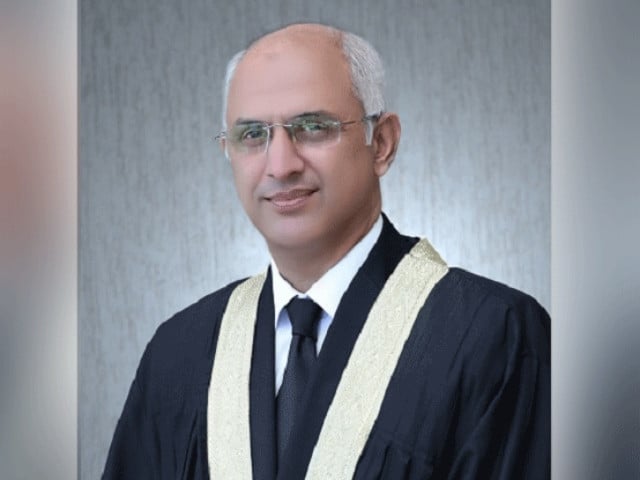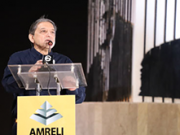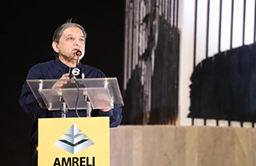ISLAMABAD: Among the six judges of the Islamabad High Court (IHC) who have accused the government of interfering with judicial matters is one who is being sued by the Supreme Judicial Council (SJC) for allegedly being biassed and amassing wealth that is unrelated to his or her known sources of income.

Khyber-Pakhtunkhwa’s advocate Murtaza Qureshi has filed a complaint against Justice Mohsin Akhtar Kayani, alleging the IHC judge showed favouritism in the promotion of judges from Islamabad’s lower judiciary and that he had assets that exceeded his disclosed income.
The Supreme Judicial Council (SJC) has been asked by Qureshi to look into the situation. The SJC is actively involved in the judiciary’s accountability process, as demonstrated by Mazahir Naqvi’s recent removal from the position of Supreme Court judge owing to misbehaviour.
There were rumours of conflict among the Islamabad High Court judges when former Chief Justice Umar Ata Bandial was in office. Nevertheless, the former chief justice did nothing at that point.
Therefore, we ask that a judicial convention be held to address the issue of intelligence agents interfering with court proceedings and/or intimidating judges in a way that compromises the judiciary’s independence.
Such a convention might yield more details regarding whether judges of other High Courts have encountered circumstances comparable to those described above. Six IHC judges, Justices Mohsin Akhtar Kayani, Tariq Mahmood Jahangiri, Babar Sattar, Sardar Ejaz Ishaq Khan, Muhammad Arbab Tahir, and Saman Riffat Imtiaz, wrote a letter to the Supreme Court, led by Chief Justice of Pakistan Qazi Faez Isa, stating that “such institutional consultation might then assist the Supreme Court to consider how best to protect independence of the judiciary, put in place a mechanism to affix liability for those who undermine such independence and clarify for the benefit of individual judges the course of action they must take when they find themselves at the receiving end of interference and/or intimidation by members of the executive.”










































